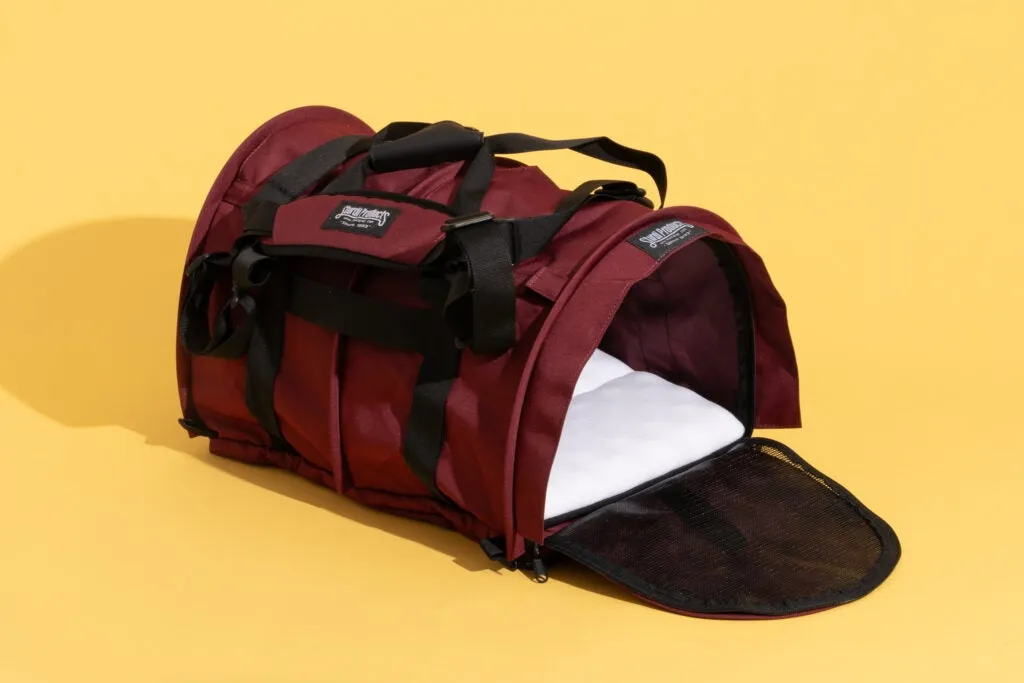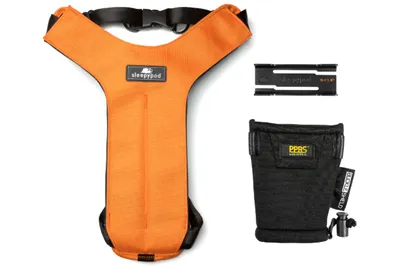Bringing a new dog into your home is an incredibly exciting and rewarding experience. Whether you’re welcoming a playful puppy or an older rescue, proper preparation is key to ensuring a smooth transition and a happy, healthy life for your new companion. Before your furry friend arrives, it’s essential to have all the necessary supplies ready. This comprehensive New Dog Owner Shopping List will guide you through everything you need, from travel safety to daily care, ensuring you’re well-equipped for your exciting journey together. Getting started with the right items from reliable sources can make all the difference, making it easier to manage all your initial needs for [wholesale dog and cat supplies](https://dogcarestory.com/wholesale-dog-and-cat-supplies/).
Safe Travel Home: Carriers and Harnesses
The journey home is the first adventure you’ll share with your new dog, and safety is paramount. To prevent injuries during transit, both for your dog and for you, securing them properly in a travel carrier or with a restraint harness is crucial.
For Small Dogs and Puppies: Travel Carriers
For smaller dogs and puppies, a well-ventilated travel carrier is an excellent choice. Our top pick, the SturdiBag Pro 3.0, stands out for its unique flexible rod frame, making it ideal for car trips. When placing the carrier in the car, always ensure it’s on the floor behind the front seat, as this is the safest location for your pet. This carrier also offers the convenience of an almost fully machine-washable design, including its cushioned bedding insert, ensuring hygiene and ease of cleaning after any travel mishaps. Depending on the airline and aircraft, this type of carrier can often fit comfortably under airplane seats, making it a versatile option for various travel needs.
 SturdiBag Pro 2.0, a highly-rated pet travel carrier, on a bright yellow background.
SturdiBag Pro 2.0, a highly-rated pet travel carrier, on a bright yellow background.
For Larger Dogs: Car Safety Harnesses
If your dog is too large for a traditional carrier, a restraint harness is the safest way to keep them secure in the car. The Sleepypod ClickIt Sport Plus is highly recommended, boasting a five-star crash-test rating from the Center for Pet Safety. This organization independently certifies pet carriers and harnesses for their crash resistance, giving you peace of mind. Beyond its primary safety function, the Sleepypod harness features reflective stripes and metal D-rings, allowing it to double as a walking harness for convenient potty breaks during road trips. While some owners might find its multiple buckles and loops a bit tricky to manage initially, its superior safety features make it a worthwhile investment.
 Sleepypod Clickit Sport Plus, a crash-tested car safety harness, on a white background.
Sleepypod Clickit Sport Plus, a crash-tested car safety harness, on a white background.
Nourishment and Feeding Essentials
Providing proper nutrition is fundamental to your dog’s health and development. A well-thought-out feeding setup is a vital part of your new dog owner shopping list.
First and foremost, choose high-quality dog food appropriate for your dog’s age, breed, and size. Puppies require specialized puppy food formulated for their rapid growth, while adult dogs benefit from adult formulas. Consulting with your veterinarian can help you select the best diet. Stock up on enough food to last at least a few weeks, especially if you’re transitioning them from a previous diet. Many pet owners find it convenient to [buy victor dog food online](https://dogcarestory.com/buy-victor-dog-food-online/) or from a [best online dog food store](https://dogcarestory.com/best-online-dog-food-store/) for consistent supply.
You’ll also need sturdy food and water bowls. Stainless steel or ceramic bowls are often preferred as they are easy to clean and more hygienic than plastic. Consider a non-slip design to prevent spills, and if your dog is large or prone to gulping, an elevated feeder, like a [3 bowl raised dog feeder](https://dogcarestory.com/3-bowl-raised-dog-feeder/), can aid digestion and reduce neck strain. Don’t forget healthy treats for training and rewarding good behavior, but remember to use them in moderation.
Comfort and Resting Spaces
Every dog needs a comfortable and secure place to call their own. A cozy dog bed is essential, offering a soft spot for them to rest and sleep. Choose a bed that is appropriately sized for your dog, allowing them to stretch out fully. Many new owners opt for a crate, which can be an invaluable tool for house-training, providing a safe den-like space, and ensuring secure travel. Introduce the crate positively with treats and toys to create a welcoming environment. Additionally, a few soft blankets can provide extra comfort and a familiar scent, which can be particularly reassuring for a new dog.
Playtime and Mental Stimulation
Toys are not just for fun; they are crucial for mental stimulation, physical exercise, and preventing boredom-related destructive behaviors. A variety of toys is best to keep your dog engaged. Include chew toys to satisfy their natural urge to gnaw, interactive toys like ropes or balls for fetch, and puzzle toys that dispense treats to challenge their minds. Rotate toys regularly to maintain their novelty and excitement. Engaging in playtime together also strengthens the bond between you and your new companion.
Grooming and Hygiene
Maintaining your dog’s hygiene is crucial for their health and well-being. A basic grooming kit should be on your new dog owner shopping list. This includes a brush suitable for their coat type to prevent mats and reduce shedding, a dog-specific shampoo for occasional baths, and nail clippers. Regular brushing not only keeps their coat healthy but also serves as a bonding experience. Don’t forget dental hygiene; a dog toothbrush and toothpaste (never human toothpaste) are essential for preventing dental disease. Starting a grooming routine early will help your dog become accustomed to it.
Training and Walking Gear
Daily walks and training are vital for your dog’s physical health, mental stimulation, and good behavior. You’ll need a well-fitting collar with an identification tag that includes your contact information. A sturdy leash, approximately 4-6 feet long, is perfect for walks. For puppies or dogs in training, consider a front-clip harness, which can help reduce pulling without putting pressure on their neck. Training treats are also invaluable for positive reinforcement during obedience sessions, helping your dog learn commands and good manners quickly.
Finding all these necessities can be a significant undertaking, so it’s helpful to know where to start. Many new dog owners look for a reliable [wholesale dog shop near me](https://dogcarestory.com/wholesale-dog-shop-near-me/) to get everything they need efficiently.
Health and Veterinary Preparedness
Even with the best care, emergencies can happen, so a basic dog first-aid kit is a sensible addition to your supplies. This should include items like antiseptic wipes, gauze, medical tape, and pet-safe wound spray. Most importantly, schedule your new dog’s first veterinary visit shortly after they arrive. Your vet will conduct a thorough check-up, discuss vaccination schedules, deworming, flea and tick prevention, and microchipping. Establishing a relationship with a trusted veterinarian from the start is paramount for your dog’s long-term health.
Conclusion
Welcoming a new dog into your family is an enriching experience that comes with responsibilities. By carefully preparing with a comprehensive new dog owner shopping list, you set the foundation for a happy, healthy, and harmonious life together. From safe travel arrangements and proper nutrition to comfortable resting spots, engaging toys, and essential grooming tools, each item plays a role in your dog’s well-being. Remember that patience, consistency, and plenty of love are just as important as any item on this list. For more detailed guides on specific pet care topics, explore other articles on Dog Care Story to ensure you provide the best possible care for your beloved companion!
